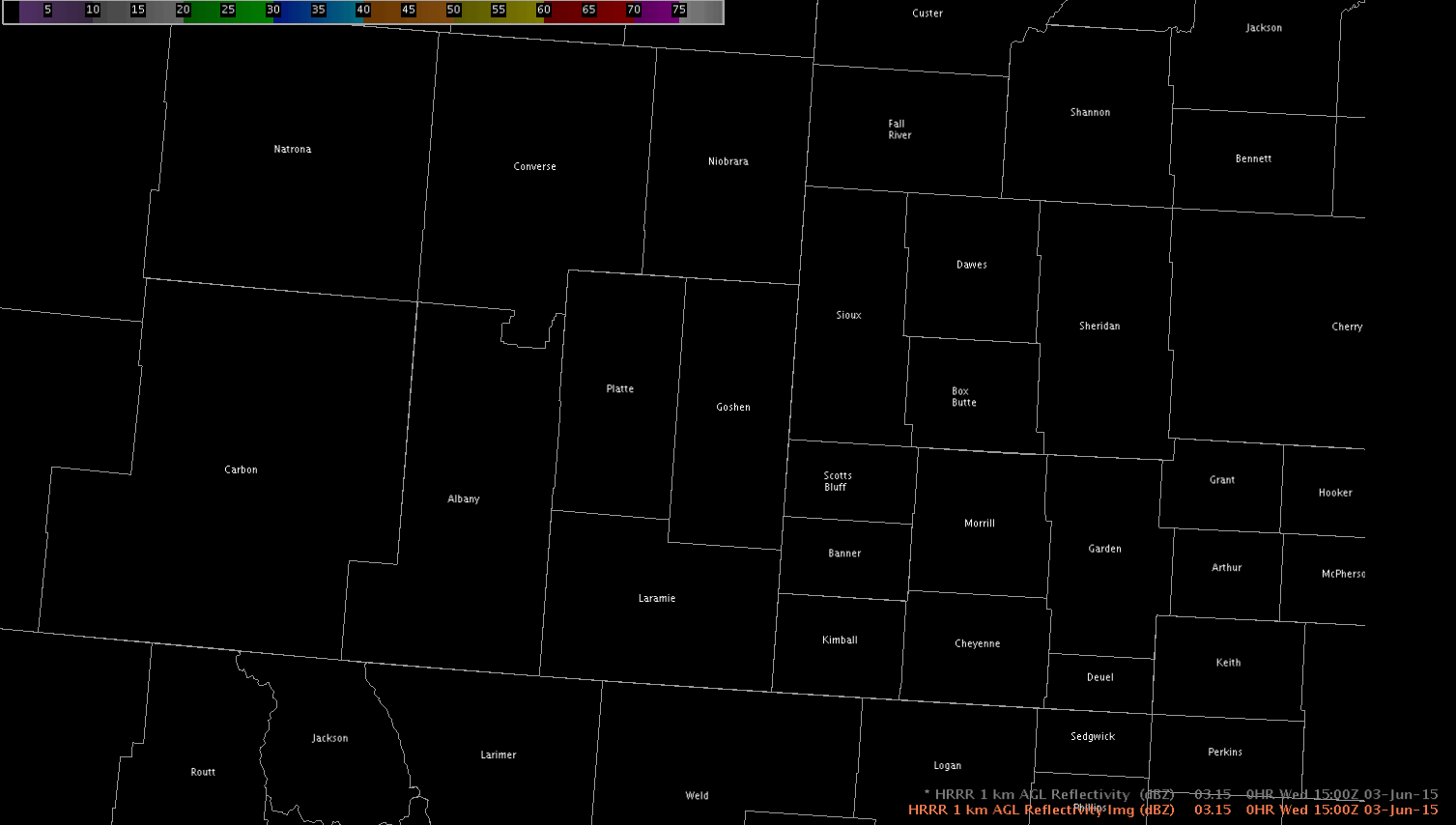While monitoring a strong thunderstorm moving SE out of Sioux county near Fort Yates earlier this evening, we noted that the cell was beginning to take on bow echo characteristics (0050 UTC). However, only two volume scans later, the cell began to reform out ahead of its parent cell (0054 UTC). This broke down the bow echo, and by 0104 UTC, the cell was weakening as it approached the Campbell county line north of Pollock (Figure 1).
Here is the loop of the 0.5 degree KABR radar:

Fig. 1: Animation of KABR 0.5 degree reflectivity (click to animate)
Another excellent advantage of seeing the 1-minute GOES-14 satellite data is seeing interesting features. We also noted that, at about the same time that the cell was redeveloping ahead of the parent cell, the clouds also redeveloped out ahead of the original line (Figure 2).

Figure 2: Animation of GOES-14 visible satellite (click to animate)
CoonieCatEye

















